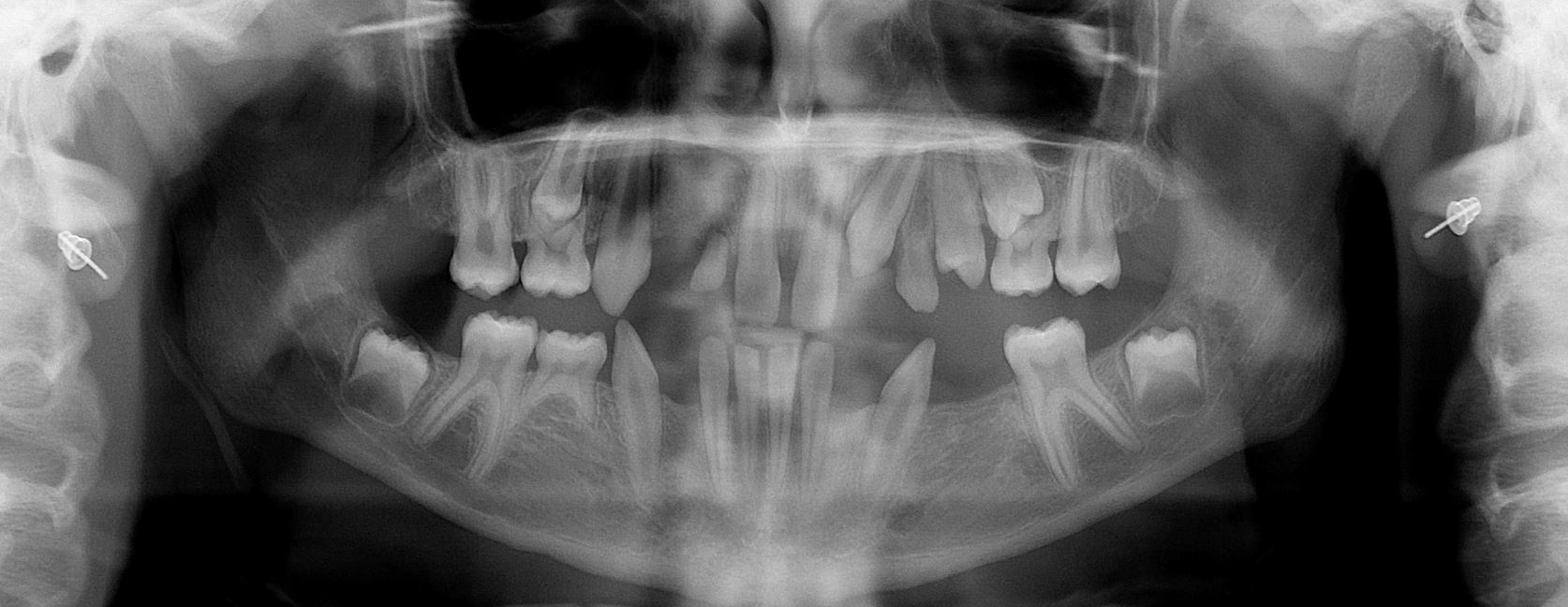
We celebrate National Prosthodontics Awareness Week every year in April by making it a week of service to our community with our Smile Again Idaho Program. The idea of Smile Again Idaho came from brainstorming with our team regarding how we could do something meaningful for our community during the downtime our nation experienced as a result of COVID-19.
“We continually observed how negative the response was to the pandemic and wanted to find a way to increase our happiness and help those around us. We wanted to find a way to help people smile again. We realized that we regularly provide teeth and hope to many who don’t have them by restoring their smile. Thus, Smile Again was born. To us it is more than just providing teeth, it’s helping someone Live Again, Eat Again, and Smile Again!”
One of this year’s recipients was an amazing young lady who told us when we met her that she just wanted “to have a normal smile”. She was born with ectodermal dysplasia.
Ectodermal dysplasias are a diverse group of genetic disorders that involve defects of the hair, nails, teeth, skin, and glands. Other parts of the body, such as the eyes or throat, may be affected as well.
Hereditary ectodermal dysplasia represents a large group of conditions in which two or more ectodermal-derived anatomic structures fail to develop. Patients with ectodermal dysplasia are characterized by hypoplasia or aplasia of structures such as skin, hair, nails, teeth, nerve cells, sweat glands, parts of the eye and ear, and other organs. Ectodermal dysplasia might be inherited in any form of several genetic patterns including autosomal-dominant, autosomal-recessive, and X-linked modes. Although more than 170 different subtypes of ectodermal dysplasia have been identified, these disorders are considered to be relatively rare with an estimated incidence of 1 case per 100,000.
The teeth are markedly reduced in number (oligodontia or hypodontia) and often manifest abnormal development in shape which may appear tapered, conical, or pointed in incisors. Molars might be observed in reduced size. The lack of tooth bud formation causes hypoplastic alveolar bone, leading to a reduced vertical dimension of occlusion. Therefore, an old-age appearance is common in affected individuals.
People are born with ectodermal dysplasia. Some syndromes (i.e. cleft lip and palate, missing fingers, skin erosion) are apparent at birth. For others, symptoms may not become noticeable until the baby grows. For example, a baby born with hyperhidrotic ectodermal dysplasia typically has peeling skin at birth. Yet a parent might not realize something is wrong until the baby’s teeth do not develop correctly. The parent might also notice the baby is lethargic and irritable when hot, but not realize it’s because the sweat glands don’t work correctly. Since ectodermal dysplasias are relatively rare, they can be difficult to diagnose.
In addition to April being National Prosthodontics awareness week, February was Ectodermal Dysplasia Awareness Month. When Dr. Brian Ward from Ward Orthodontics reached out to Dr. Gurney to see if we could help this patient, it was an easy answer. Both of our teams came together and were able to help her not only get a “normal smile”, but as she says, “the best smile of anyone she knows”.

